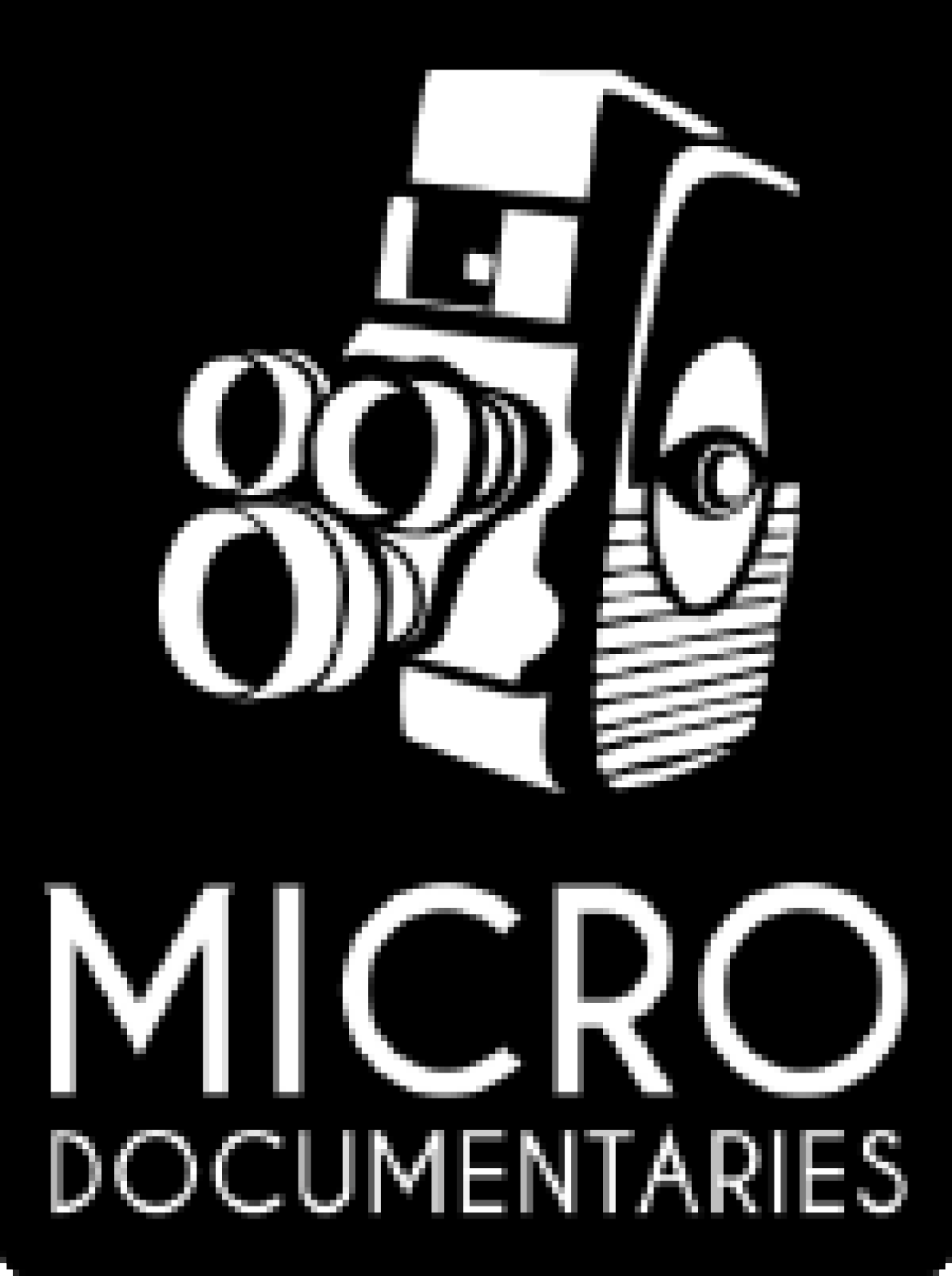Since the start of 2015, the Stanford Social Innovation Review in partnership with Communications Network has been running a fascinating series on the art of making ideas move. There’s no shortage of organizations out there with fantastic ideas motivating their work. The number of those organizations that can take those ideas and transform them into a national dialogue that ultimately results in global change — well, that’s something much more elusive. The Making Ideas Move blog series investigates how communications can serve as the bridge.
Last week I was delighted to attend “Communications That Work: Making Ideas Move,” an SSIR webinar on this very topic. The webinar featured some of the leading thinkers in communications today, including experts from the Robert Wood Johnson Foundation, the Center for American Progress, Freedom to Marry, the Knight Foundation, and The Communications Network.
I was particularly interested in what Andrew Sherry, vice president of communications at the Knight Foundation, had to say. “Increasingly in the work of the social sector, communications is the work,” Sherry said, pointing out that some organizations get this, while others continue to be led by CEOs who came of age when all that communications required was some direct mailings through the Postal Service, some landline telephone calls, and a single op-ed in the newspaper. “The Internet completely atomized that old order,” Sherry said.
In the new order, communications professionals need to be two things: guides and storytellers. Guides to identify whom you want to reach and how to reach them through the myriad of channels that exist today; and storytellers who can publish their own content and, in doing so, captivate an audience, draw them into a narrative, and make them feel a mission.
“In this era we’re essentially bombarded by information,” Sherry said. “It can sometimes seem like a cacophony. A good storyteller can turn that information into a narrative and help an audience to organize it in their minds and see things a certain way.”
We often argue this very point when talking about the power of short film. At a time when people want bite-sized information, and want it in a dynamic, easily accessible format, there is no more effective way to engage an audience and animate a movement than through short films.
Here are three other important take-aways from the webinar:
1) Find as many partners as possible
Fred Mann of the Robert Wood Johnson Foundation talked about how his organization, which has tackled health-related issues like childhood obesity and tobacco in the past, has now shifted to building a culture of health in America — so that every single person no matter his or her zip code, ethnicity, or income level, has access to the healthcare and healthy lifestyle choices they deserve.
“We can’t possibly accomplish that alone,” he said. “The problems are too big and too intractable to try and solve by ourselves.”
What’s needed, he continued, is a coalition of community-based organizations, consumer groups, educators, housing experts, faith-based organizations, social justice advocates, urban planners … the list goes on, and includes some organizations that you may not agree with in every respect but which can prove of service when trying to get your message out.
“Divergent views are inevitable,” he said. “And that’s okay. In fact, it’s a huge strength. Out of the echo chamber of the usual messaging, it may not be as crisp or polished as usual, but it will come with different words and different emphasis and therefore will resonate with more people. It will amplify our messaging and make it stronger and more accessible to different groups.”
2) Be open to new and innovative ways of communicating
Things change fast these days, including how people consume information. Organizations that know how to communicate understand this and are constantly measuring how effective they are and new ways to improve upon their performance.
“Communications is fluid, it’s moving,” said Daniella Gibbs Léger of the progressive D.C. think tank Center for American Progress. “You always have to reassess what you’re doing to see if what you were doing six months ago is still relevant.”
The Center for American Progress uses everything from targeted email to social media to blog posts to events that feature documentary films on a big movie screen.
“It’s about meeting people where they are, not where you think they should be,” said Léger.
3) The messenger matters
In 2012, gay marriage went 0 for 32 at the ballot box. Three years later, 37 states have made same-sex marriage legal.
“Marriage equality is the most successful issue and advocacy campaign in a generation,” says Kevin Nix of the non-profit Freedom to Marry. “Public opinion has flipped on its head within a decade. For a social movement, that’s stunning.”
Freedom to Marry played a big role in that, with strategic communications leading the way. Nix says that his biggest take-away from his organization’s success is that “the messenger matters.”
“Unexpected messengers were the boon for this whole thing,” said Nix. “Military members, Republicans, clergy, grandfathers who fought in World War Two, moms and dads. In addition to gays and lesbians themselves making a personal case for why they wanted to marry, third-party validators were able to speak to new audiences who weren’t listening previously to the issue.”
Freedom to Marry used a host of powerful short films to give these messengers a powerful pulpit, as we detailed in our previous post “5 lessons in moving from impossible to inevitable.”

